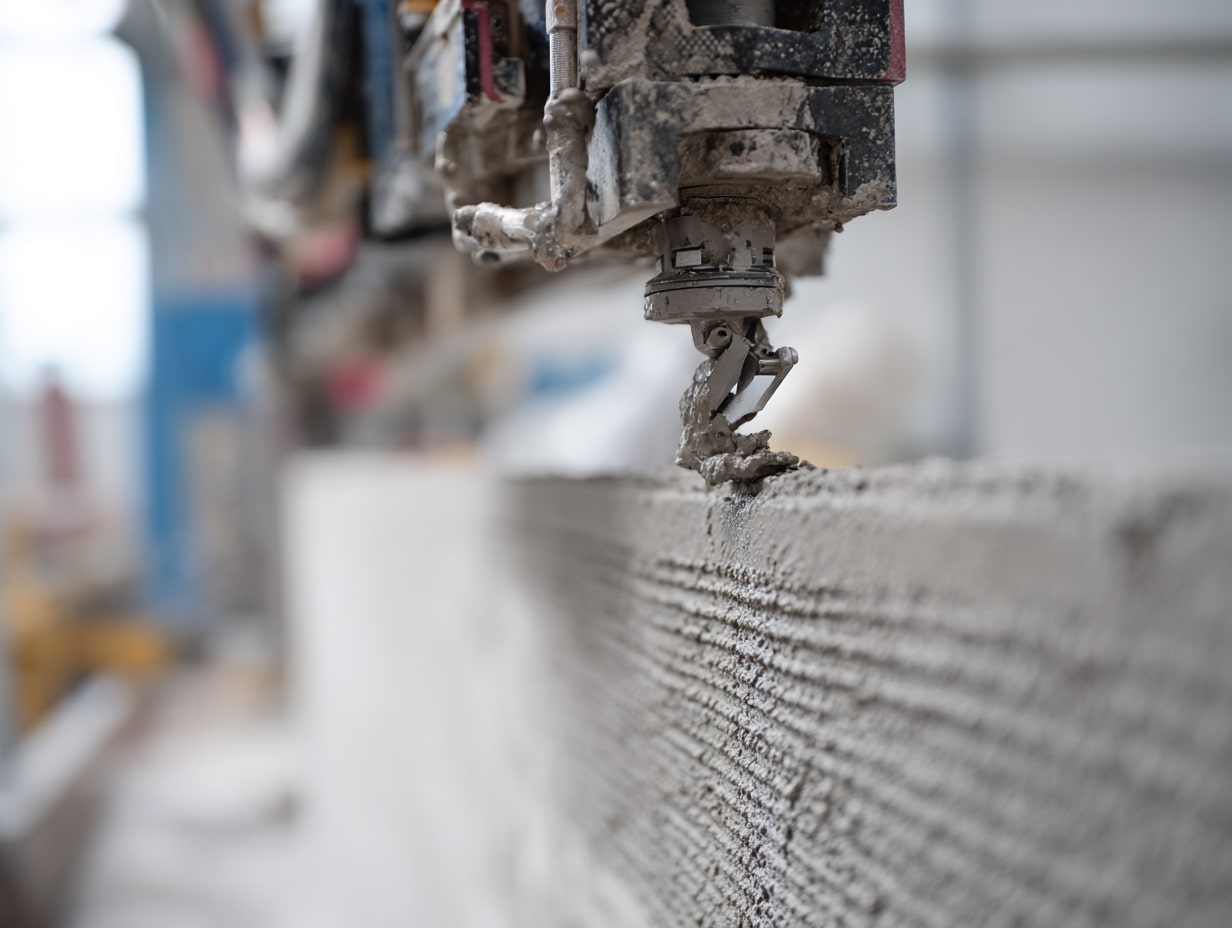- Home
- Articles
- Architectural Portfolio
- Architectral Presentation
- Inspirational Stories
- Architecture News
- Visualization
- BIM Industry
- Facade Design
- Parametric Design
- Career
- Landscape Architecture
- Construction
- Artificial Intelligence
- Sketching
- Design Softwares
- Diagrams
- Writing
- Architectural Tips
- Sustainability
- Courses
- Concept
- Technology
- History & Heritage
- Future of Architecture
- Guides & How-To
- Art & Culture
- Projects
- Interior Design
- Competitions
- Jobs
- Store
- Tools
- More
- Home
- Articles
- Architectural Portfolio
- Architectral Presentation
- Inspirational Stories
- Architecture News
- Visualization
- BIM Industry
- Facade Design
- Parametric Design
- Career
- Landscape Architecture
- Construction
- Artificial Intelligence
- Sketching
- Design Softwares
- Diagrams
- Writing
- Architectural Tips
- Sustainability
- Courses
- Concept
- Technology
- History & Heritage
- Future of Architecture
- Guides & How-To
- Art & Culture
- Projects
- Interior Design
- Competitions
- Jobs
- Store
- Tools
- More
Top Construction Management Tips for Site Architects to Boost Project Efficiency

Managing construction projects is no small feat, especially for site architects who juggle schedules, budgets, paperwork, and large teams of professionals. Effective project management is crucial to ensure projects are completed on time, within budget, and in compliance with regulations. With the construction industry becoming increasingly complex, it’s essential for site architects to continuously refine their management skills.
In this article, we’ll share 15 invaluable construction management tips designed to boost efficiency on job sites and enhance the quality of your work. Whether you’re a seasoned professional or new to the field, these insights will help you navigate the complexities of construction projects and lead your team to success.

Table of Contents
ToggleUnderstanding Construction Management for Site Architects
The Role of Site Architects in Construction Projects
Site architects play a crucial role in construction projects, bridging the gap between design and execution. They ensure the architectural design is accurately translated into the physical structure. Responsibilities include overseeing the construction process, collaborating with engineers and construction managers, and ensuring adherence to safety standards. They also monitor the project timeline and budget, addressing any discrepancies promptly. By providing clear communication among all stakeholders, site architects help keep projects on track and aligned with the initial design vision.
Unique Challenges Faced by Site Architects
Site architects face several unique challenges that require adept management. One significant challenge is coordinating with multiple teams, including subcontractors and suppliers. This coordination ensures seamless workflow but can be complex to manage. Another challenge is balancing design integrity with practical construction limitations. They often need to make real-time decisions to adapt designs without compromising the project’s aesthetics or functionality.
Additionally, site architects must stay vigilant against potential risks such as weather changes, material delays, and safety hazards. These risks can impact project timelines and budgets, requiring constant monitoring and quick resolution strategies. By understanding these challenges, site architects can better prepare and implement effective management techniques to navigate them.
By grasping their multifaceted roles and the specific challenges they encounter, site architects can refine their approach to construction management, ensuring projects are successful from concept to completion.

Essential Management Tips for Site Architects
Early Involvement in Pre-Design and Planning
Early involvement in pre-design and planning is critical for site architects. Joining the project from the outset ensures alignment between design and construction, mitigating future conflicts. When architects engage early, they provide valuable input on construction feasibility, material selection, and cost implications. This proactive participation fosters a cohesive workflow, reduces errors, and enhances project efficiency.
Effective Communication Strategies
Effective communication strategies lie at the heart of successful construction management. Establishing clear channels for sharing information among all stakeholders, including workers, subcontractors, and clients, is crucial. Regular meetings, detailed reports, and centralized communication platforms can keep everyone informed. Transparent communication minimizes misunderstandings, aligns everyone with project goals, and promotes a collaborative environment.
Implementing Strong Leadership and Team Management
Implementing strong leadership and team management sets the stage for a harmonious and productive construction site. Site architects must embody leadership qualities that inspire trust and motivate teams. By setting clear expectations, delegating responsibilities appropriately, and fostering a culture of respect, they ensure smooth operations. Leadership isn’t just about directing tasks—it’s about building a resilient, motivated team that can tackle challenges efficiently.
By incorporating these management tips, site architects can enhance their effectiveness, leading to more streamlined projects and improved outcomes.

Practical Tools and Techniques for Site Management
Utilization of Construction Management Software
Construction management software is essential for streamlining tasks and improving site efficiency. This software helps track project progress, allocate resources, and manage schedules. It also provides tools for budget management and cost control. For example, predictive analytics can identify potential cost overruns before they occur. Mobile compatibility ensures that site architects can access crucial information and make real-time decisions. An intuitive interface allows for easy adoption by the entire team, enhancing overall productivity.
Regular Site Monitoring and Reporting
Consistent site monitoring keeps projects on track and identifies issues early. Utilizing surveillance cameras like Evercam and Sensera Systems provides real-time monitoring, increasing security and project oversight. Drafting detailed site reports ensures that all relevant parties are informed of progress and any encountered issues. These reports should clearly outline dates, locations, participants, work performed, encountered issues, and future actions. Regular distribution of these reports fosters transparency and accountability among stakeholders.
Risk Management and Problem Resolution
Effective risk management is crucial in preventing delays and cost overruns. Identifying potential risks during the planning phase helps mitigate their impact. Construction managers should develop contingency plans for common issues like weather delays or equipment failures. Quick problem resolution is equally important. Site architects must be adept at making informed decisions under pressure to keep projects moving forward. Regularly reviewing and updating risk management strategies based on project performance data enhances resilience and adaptability.

Enhancing Site Safety and Compliance
Emphasizing Safety Protocols
Strictly following safety protocols is essential for successful construction management. Our site safety measures begin with comprehensive training programs. These programs cover compliance with instructions, proper equipment usage, and waste management. We prioritize health standards to minimize worksite accidents.
Using construction site cameras enhances our surveillance efforts. Models like Evercam offer real-time monitoring, ensuring safety guidelines are followed. We enforce personal protective equipment (PPE) usage and perform regular safety audits. These audits identify potential hazards and allow us to rectify issues promptly.
Ensuring Regulatory Compliance
Adhering to local, state, and federal regulations is a cornerstone of our operations. We secure necessary permits and approvals, ensuring our projects are compliant from the start. Regularly reviewing construction contracts avoids potential conflicts later. We follow a thorough review process to ensure every aspect meets regulatory standards.
We implement standardized documentation practices. Site reports detail dates, locations, participants, work performed, and future actions. These records demonstrate our commitment to compliance and accountability. Sharing reports with stakeholders keeps everyone informed and aligned with project goals.
Submit your architectural projects
Follow these steps for submission your project. Submission FormLatest Posts
3D Printed Homes: Time, Cost, and What to Expect
3D printed homes explained: realistic timelines (24–72h walls, 8–16 weeks total), true...
How a Contact Centre Boosts Trust in Your Building Business
In construction, trust is the glue that holds projects together. Clients need...
How Real Time Parcel Geolocation Is Redefining Last Mile Efficiency for Modern Businesses
Last mile delivery has become the most critical point in the customer...
How Can Small Spaces Stay Stylish and Relaxing?
In today’s fast-paced urban lifestyle, small living spaces are becoming increasingly common....












Leave a comment